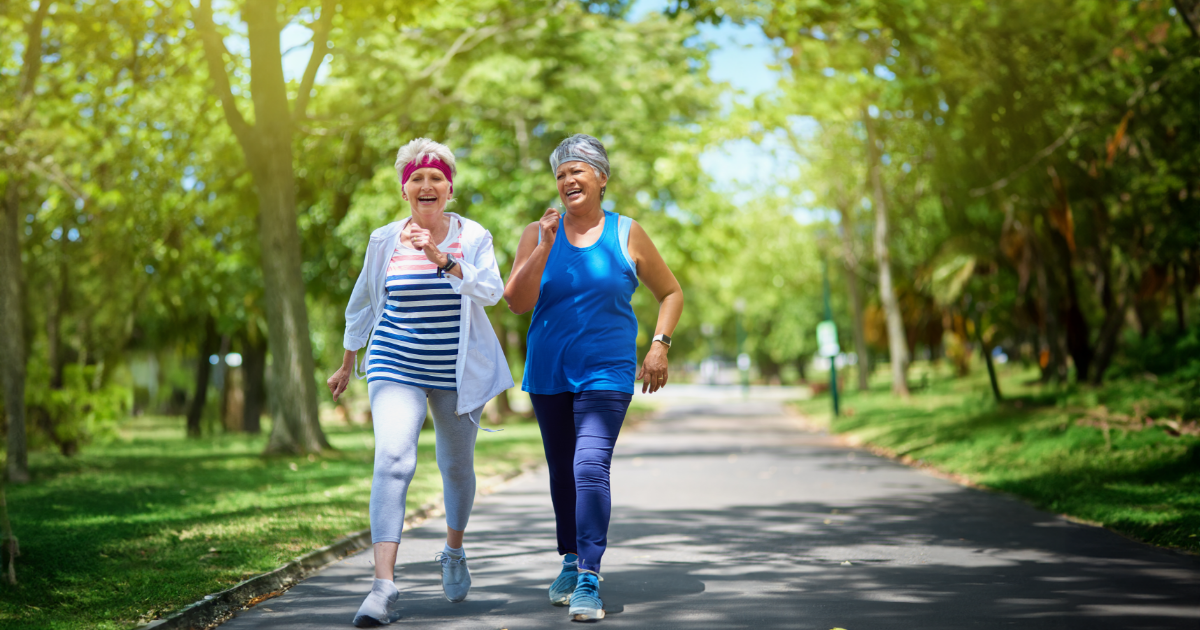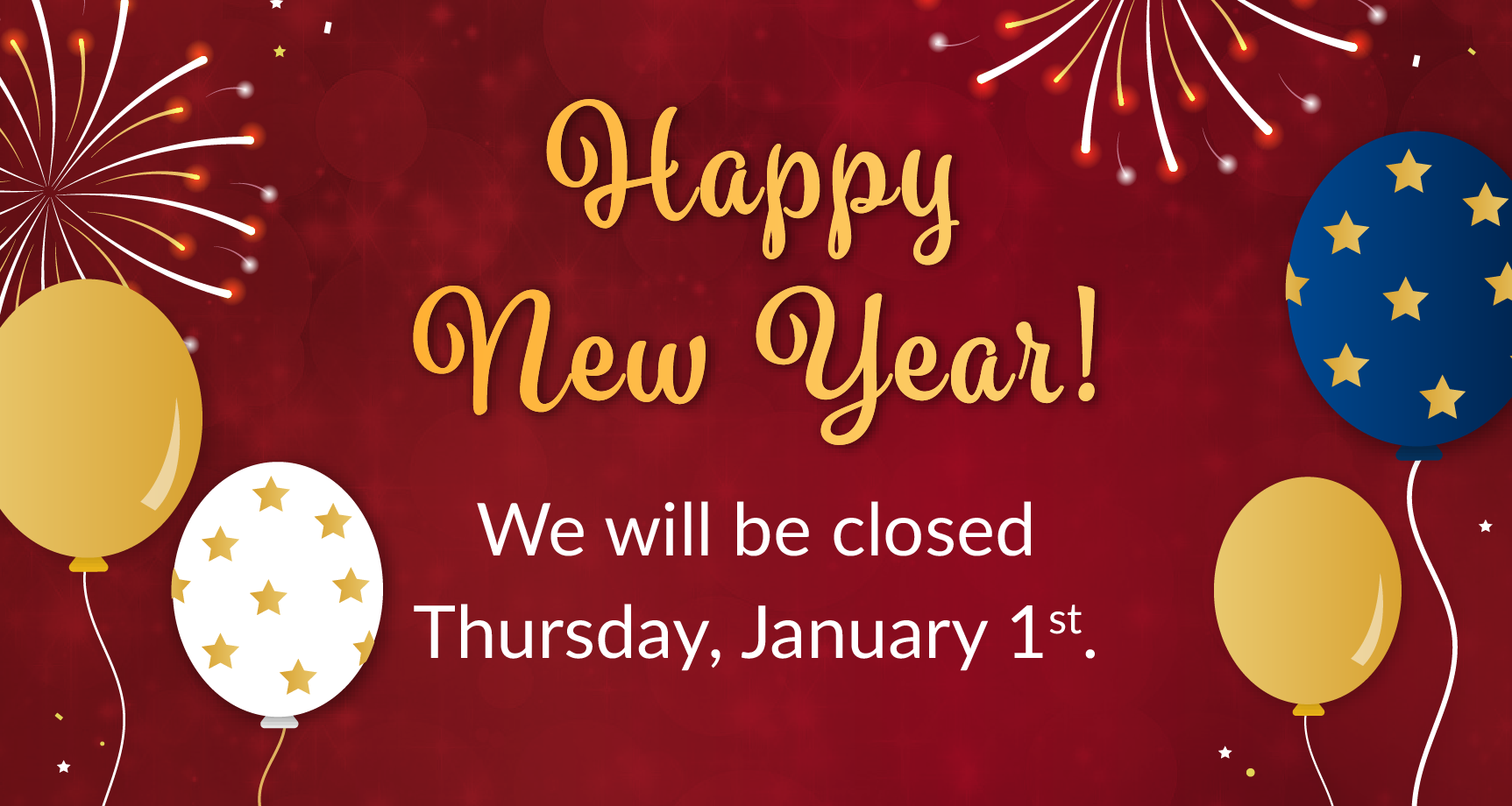

Understanding Aging’s Impact on Bladder Health
Aging is a natural process that brings with it many changes, both visible and unseen. Among the less frequently discussed aspects is aging’s impact on bladder health. While conversations around aging often focus on joint pain, memory issues or heart health, understanding how aging affects bladder function is crucial for maintaining overall well-being and quality of life. Continue reading to learn more about aging’s effect on the bladder and how you can manage these bladder changes.
The Aging Bladder: What Changes?
As we age, the bladder undergoes several physiological changes that can affect bladder function:
1. Decreased Bladder Capacity: One of the most common bladder changes is a reduction in capacity. This means the bladder holds less urine than it did in younger years, leading to more frequent trips to the bathroom. This is a natural part of aging, but it can be exacerbated by lifestyle factors such as diet and fluid intake.
2. Weakened Bladder Muscles: The muscles in the bladder wall and the pelvic floor may weaken over time. These muscles are crucial for controlling the release of urine. Weaker muscles can lead to issues such as incontinence, where there is involuntary leakage of urine, or difficulty fully emptying the bladder, which can increase the risk of urinary tract infections (UTIs). For more tips on managing incontinence and other changes to bladder function, visit our blog page.
3. Changes in Bladder Lining: The lining of the bladder may become less elastic and more susceptible to irritation. This can result in increased sensitivity, making it feel like you need to urinate more frequently, even if your bladder isn’t full.
4. Prostate Changes in Men: For men, aging often brings changes in the prostate gland, which sits just below the bladder. An enlarged prostate can press against the urethra (the tube through which urine exits the body), leading to difficulty starting urination, weak urine flow and a feeling that the bladder is not completely empty after urination.
5. Menopause and Bladder Health in Women: For women, menopause can bring changes that affect bladder health. The drop in estrogen levels can weaken the pelvic floor muscles and thin the urethral lining, contributing to incontinence and increased frequency of urinary tract infections.
Common Bladder Issues Associated with Aging
Several bladder-related issues become more common as people age:
1. Overactive Bladder (OAB): OAB is characterized by a sudden, uncontrollable urge to urinate, often resulting in frequent bathroom trips and possibly even leakage. It’s more common in older adults and can significantly impact quality of life.
2. Urinary Incontinence: Incontinence is the involuntary leakage of urine. Stress incontinence, which occurs during physical activity, coughing or sneezing, and urge incontinence, a sudden need to urinate followed by leakage, are common types among older adults. Learn more about our incontinence mattresses, covers and supplies here!
3. Nocturia: This condition is defined by the need to wake up multiple times during the night to urinate. While occasional nocturia can be normal, frequent occurrences can disrupt sleep and affect overall health.
4. Urinary Tract Infections (UTIs): Older adults are at higher risk for UTIs due to factors like incomplete bladder emptying and weakened immune systems. UTIs can cause discomfort, pain, and if left untreated, can lead to more serious complications like kidney infections.
Maintaining Aging’s Impact on Bladder Health
While aging brings inevitable changes, there are several proactive steps you can take to maintain bladder health:
1. Stay Hydrated: Drinking enough water is essential for bladder health, as it helps dilute urine and flushes out toxins that can irritate the bladder. However, balance is key – drinking too much water can increase the frequency of urination, while too little can lead to concentrated urine and irritation.
2. Pelvic Floor Exercises: Strengthening the pelvic floor muscles through exercises like Kegels can help maintain bladder control and reduce the risk of incontinence.
3. Regular Check-ups: Regular visits to your healthcare provider can help monitor and address any changes in bladder health. Men should discuss prostate health with their doctors, and women should talk about how menopause might be affecting their bladder.
4. Manage Chronic Conditions: Conditions like diabetes and obesity can affect bladder health. Managing these conditions through diet, exercise and medication can help prevent bladder-related issues.
5. Bladder Training: This involves following a schedule for bathroom visits, gradually increasing the time between trips to train the bladder to hold more urine for longer periods.
6. Dietary Considerations: Certain foods and drinks, such as caffeine, alcohol, spicy foods and acidic fruits, can irritate the bladder. Being mindful of your diet and avoiding bladder irritants can help reduce symptoms.
When to Seek Help
It’s important to remember that while some bladder changes are a normal part of aging, significant or sudden changes to bladder function warrant a conversation with your healthcare provider. Symptoms like blood in the urine, painful urination or frequent UTIs should never be ignored, as they can indicate more serious conditions.
Aging doesn’t have to mean a decline in bladder health. With the right knowledge and proactive care, you can maintain a healthy bladder and enjoy a high quality of life well into your later years. Don’t hesitate to seek advice from healthcare professionals if you experience any concerning symptoms related to aging’s impact on bladder health – early intervention can make a significant difference.
Our mission at SaniSnooze™ is to get you back to sleep faster. SaniSnooze™ will keep your mattress core clean and dry all night long.



